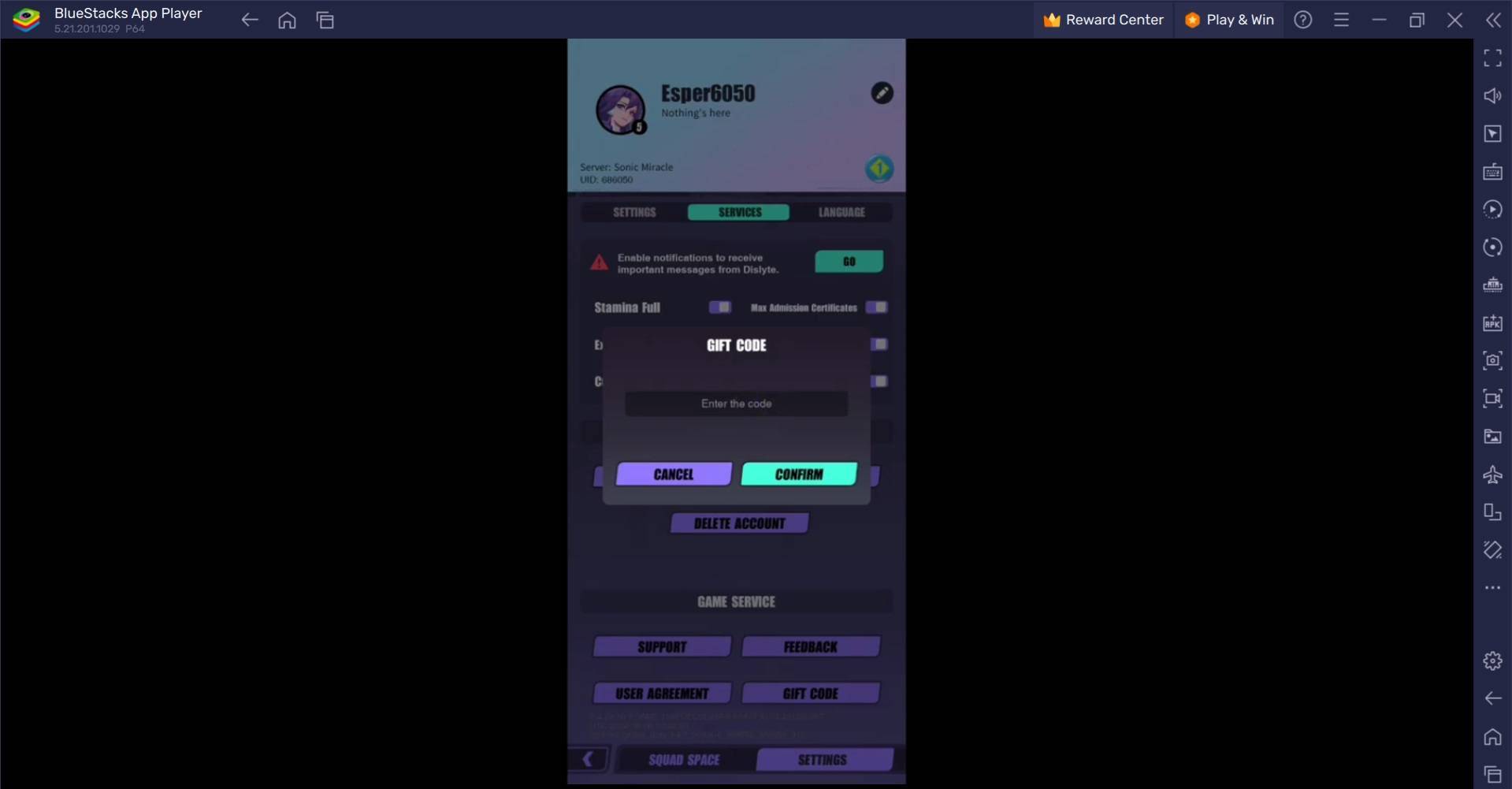Sony has recently filed a new patent that could revolutionize how latency is managed in future gaming hardware. The patent, titled "TIMED INPUT/ACTION RELEASE" and identified as WO2025010132, focuses on reducing the delay between a player's input and the game's response. This is particularly crucial for maintaining responsiveness in games, especially as technologies like frame generation and upscaling can introduce additional latency.
The PlayStation 5 Pro introduced PlayStation Spectral Super Resolution (PSSR), an upscaler that can enhance smaller resolutions to 4K. However, newer graphics technologies, such as frame generation, can compromise the game's responsiveness. To address this, GPU manufacturers like AMD and Nvidia have developed solutions like Radeon Anti-Lag and Nvidia Reflex. Now, Sony is poised to join the fray with its own innovative approach.

As reported by Tech4gamers, Sony's patent outlines a system that predicts the next user input using a machine-learning AI model. This model is complemented by external sensors, such as a camera aimed at the controller, to detect which button a player is about to press. The patent explains, "In one particular example, the method may include providing camera input as an input to a machine learning (ML) model. The camera input may indicate the first user command."
Additionally, Sony considers using the controller buttons themselves as sensors. Given Sony's history with analog buttons, this could be a feature in next-generation controllers.
While the exact implementation of this technology in devices like the PlayStation 6 remains uncertain, the patent indicates Sony's commitment to reducing latency. This is especially relevant with the rise of rendering technologies like FSR 3 and DLSS 3, which can introduce frame latency. The potential benefits of this innovation are significant, particularly for genres like twitch shooters that demand both high framerates and low latency.
Whether this patent will translate into tangible improvements in future hardware is yet to be seen, but it's clear that Sony is actively working to enhance the gaming experience by minimizing delays between player actions and game responses.
 Home
Home  Navigation
Navigation






 Latest Articles
Latest Articles










 Latest Games
Latest Games












